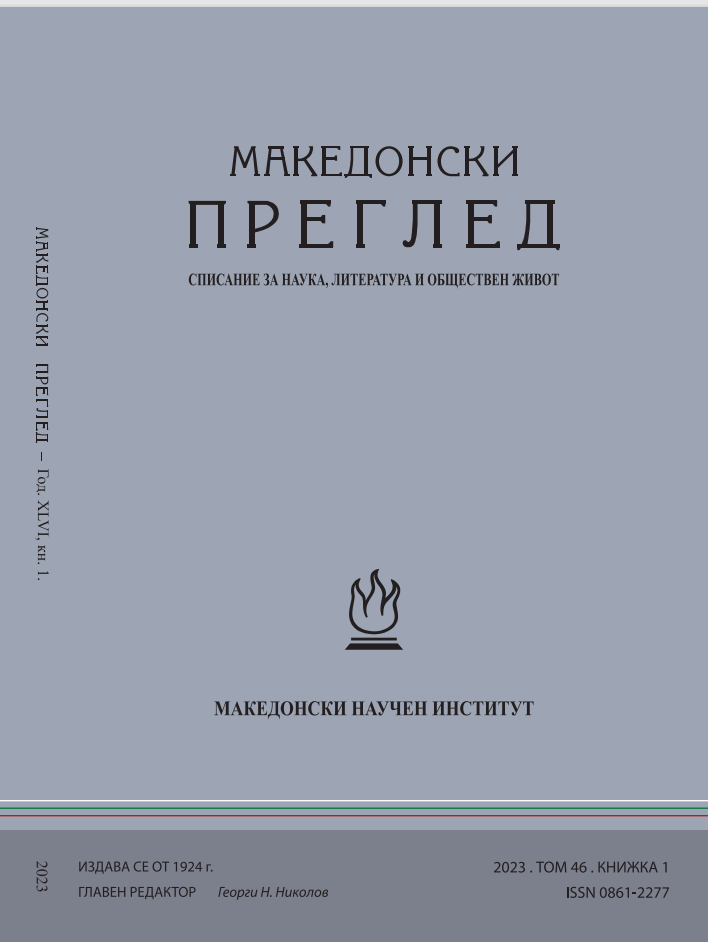Author(s): Aurel Rustoiu / Language(s): Romanian
Issue: 2/2023
The first part of these comments offers a critical analysis of the annexes regarding the history and archaeology of pre-Roman Dacia which have been added by Karl Strobel at the end of the Romanian edition (published in 2022) of his book about Emperor Trajan: Kaiser Traian. Eine Epoche der Weltgeschichte, Regensburg, 2010. In these annexes, Karl Strobel discusses a number of aspects, like the use of ethnonyms Dacians and Getae, the King Byrebistas, the existence or non-existence of a Dacian kingdom, the relations between Dacians and Romans from the time of Augustus until Trajan’s reign, or the archaeological evidence from south-western Transylvania at the end of the Late Iron Age. Many of the ideas presented by Karl Strobel as his own have already been published by other authors who are unfortunately not cited. In some cases, he takes over hypotheses presented in some scientific conferences in Romania without citing the authors of the respective papers (see Opreanu 2022). These practices could raise some questions regarding the research ethics and professionalism of Karl Strobel. His proposed scenarios are not based on solid archaeological evidence, instead including a number of unreserved yet unsupported affirmations that could create confusion in specialist literature. Therefore, the present article seeks to discuss the stage of research of the archaeology of south-western Transylvania in the 2nd century BC – 1st century AD, as well as the possible historical interpretations based on these archaeological arguments. The second part of these comments deals with a recent debate in archaeological literature about the sanctuaries and the sacred area from the archaeological site at Grădiștea de Munte, Hunedoara county, which most of the researchers identify as Sarmizegetusa Regia, the so-called capital of King Decebalus. The debate concerns the identification of the most likely function of the structures consisting of rows of limestone and andesite columns discovered in this site. These structures were identified long time ago as sanctuaries with a rectangular layout which imitate similar buildings from the Mediterranean area; this viewpoint became an interpretative stereotype in both the Romanian and foreign archaeological literature. Recently, C. H. Opreanu reopened the debate by suggesting that these structures were in fact large granaries that had no connection with the ritual or other cult practices. Furthermore, he implied that no sacred area that contained rectangular or circular sanctuaries existed at Grădiștea de Munte. However, a more nuanced interpretation can be provided, based on the available archaeological evidence: 1. There are several arguments in favour of their identification as sanctuaries. Chronologically, the appearance of these structures in the Orăștiei Mountains area cannot be placed earlier than the Augustan period. Accordingly, their appearance corresponds to the introduction in south-western Transylvania of the construction techniques and forms originating from the Hellenistic world by architects and stone masons from the Mediterranean area. Since the plan of these structures resembles those of the temples with columns from the Mediterranean area and entire columns with their capitals have recently been reconstructed for one of them, it might be possible that the rectangular structures on the Grădiște Hill are also temples, despite the objections of C. H. Opreanu. 2. Other arguments point to the possible identification of these rectangular structures as granaries. However, these are not simple storage structures. The area in which they were built (alongside other circular structures with apsidal rooms, identified as sanctuaries; a giant sacrificial altar located in the centre of the entire built space; a monumental access road paved with limestone slabs) suggests a possible ritual nature of the entire assemblage of structures located on the terraces X and XI at Grădiștea de Munte. South-western Transylvania witnessed, especially after the demise of Burebista, an increasing centralization of power. This phenomenon implied a significant degree of control and distribution of the resources. During the same period there was an unprecedented demographic increase, demonstrated by the appearance of high altitude (over 1000 m high) terraced settlements on Piciorul Muncelului and at Fețele Albe. This quasi-urban agglomeration implied a strict organization of the inhabited areas, including hygiene rules, food and water distribution, household and communal space maintenance, especially during the winter when the mountainous areas are covered in snow. Taking into consideration this centralization of the authority and the probably strict control of production and distribution, it can be presumed that food resources were also stored and distributed in a centralized manner. Furthermore, food storage and distribution could have been strongly ritualized in this socially restricted environment, and the large rectangular structures from the sacred area on the Grădiște Hill could have been communal granaries in which grains and other produce supplied by the agricultural hinterland on the Mureș valley were stored and then distributed to the population from the civilian settlement. Both storage and distribution could have been included in certain collective rituals which could explain the monumentalization of the entire architectural assemblage from the sacred area. Therefore, the structures with a rectangular layout could have also had a sacred function.
More...




